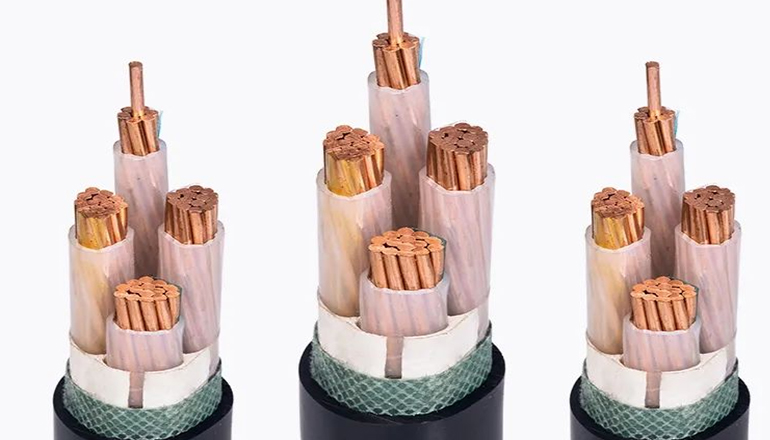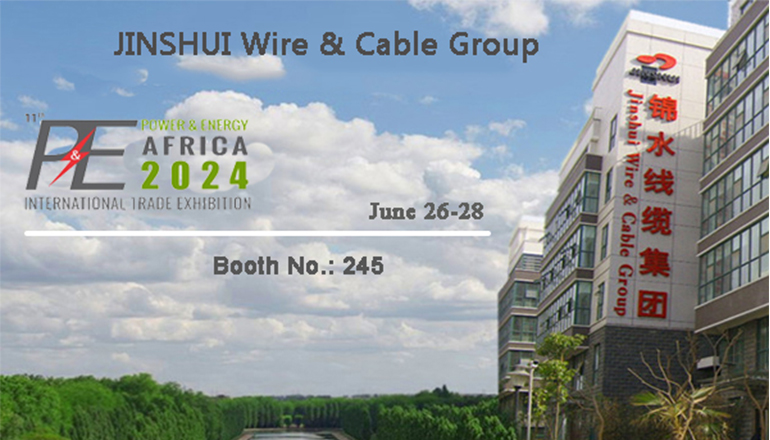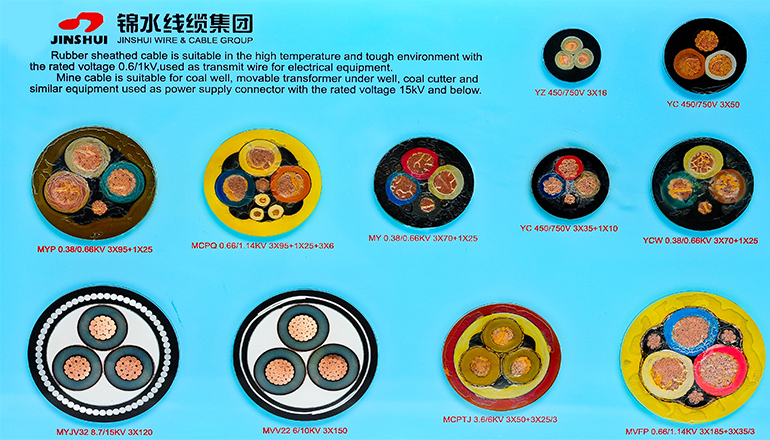- Offices Time:24 Hours Online
- Email:[email protected]
- WhatsApp:+8618339938759
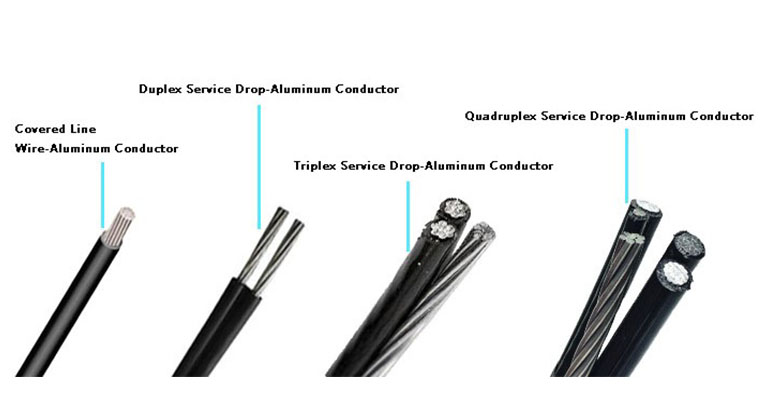
Posted on October 18, 2022
A variety of wire and cable uses
In the industrial production of all aspects of society in our daily life, wires and cables are an indispensable part. The most common wires and cables we use are household cables and overhead wires. So what cables are there in our life that we do not commonly see but use a lot what about? Let’s chat!
1.Power cables and overhead conductors
Both power cables and overhead wires are used in power systems to transmit and distribute high-power electrical energy.

2.Winding wire
Winding wire is a conductive metal wire with an insulating layer, which is used to wind coils or windings of electrical products. Its function is to generate a magnetic field through the current, or to cut the magnetic line of force to generate an induced current to realize the mutual conversion of electric energy and magnetic energy, so it is also called an electromagnetic wire.
3.Communication cable
Communication cables are cables that transmit telephone, telegraph, television, radio, fax, data and other telecommunication information. Its uses are divided into:
(1) Local communication cable. It is used in telephone lines in urban, suburban and local areas.
(2)Long-distance communication cables. Carrier multi-channel communication line, long-distance high-frequency carrier communication and low-frequency communication, long-distance communication trunk line.
(3)Communication cables for telecommunication equipment. Interconnection of switches and other transmission equipment, telephone and telegraph equipment, data processing equipment, primary wiring, secondary wiring and connection with branching equipment, and between the main distribution frame in the program-controlled switching office and the switching office user circuit board Audio connections can also be used for audio connections between other communication equipment, short-range connections within digital switching equipment or between digital devices.
(4)Symmetrical cable for digital communication. Digital communication systems such as Integrated Services Digital Network (ISDN), Local Area Network (LAN) and data communication systems.
(5)RF cable. Radio communication equipment and related radio electronic equipment transmit radio frequency signals, closed-circuit television, shared antenna television systems as branch lines and subscriber lines, as well as other electronic devices, tunnels, tunnels, underground buildings, etc. In a special environment, the dual function of both signal transmission and wireless is used at a frequency below 1GHz.
(6)Submarine communication cables. The communication between the mainland and the offshore islands, the carrier communication line connecting the mainland and the islands and between the islands, the 120-way submarine trunk line communication system, as the communication line between the coastal cities and the islands.
(7)General communication lines. The user communication line between the communication user terminal equipment and the cable distribution box, the telephone indoor line, the connection between the telephone and the microphone or the junction box, and the connection between the switch and the plug.
4.Wire and cable for electrical equipment
Wires and cables for electrical equipment are used in a wide range of varieties, mainly involving various general and special wires and cables required for power supply, distribution and electricity consumption, as well as wires used in control, signal, instrumentation and temperature measurement to weak current systems. cable.
(1)Marine cables. Marine cable is a special power cable for power, lighting, control, communication, computer and other systems of various ships in rivers and oceans, offshore oil platforms and water buildings.
(2)Control and signal cables. Control and signal cables are used as connecting lines between various cable instruments and automatic devices. They are mainly used in occasions such as control, monitoring, liaison circuits and protection lines, and play the role of transmitting control and signals. Widely used in various industrial and mining enterprises, transportation and other important economic sectors, such as power plants, substations, power lines and petrochemical industries, a large number of control cables are used. Even more than the power cables used in the main line, the signal cables in the railway signal interlocking system are also very important to the normal and safe operation of railway transportation.
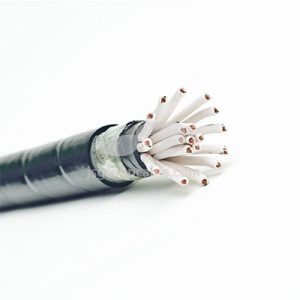
(3)DC high voltage flexible cable. DC high-voltage flexible cables are used as connecting wires in various equipment, devices, or instruments that require DC high-voltage power cables. For example, it is used for industrial flaw detection equipment, electron microscope, X-ray crystal instrument, electrostatic dust removal, electrostatic mineral processing, electrostatic painting and coating, electron bombardment furnace, electron beam welding machine, high-voltage electric furnace and other equipment supporting cables, all belong to this category. .
(4)Universal rubber sheathed flexible cable. Widely used in various electronic meter gas equipment, such as mobile power cords for household electrical appliances, electrical machinery, electrical installations and appliances, and can be used in indoor or outdoor environmental conditions. According to the mechanical external force on the cable, the structure is divided into three categories: light, medium and heavy.
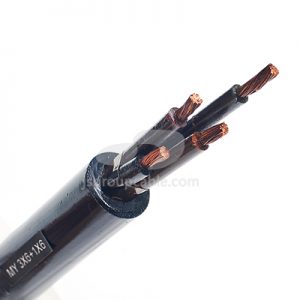
(5)Elevator cables. It is mainly used for the power control of the elevator moving up and down in the elevator stair room. The cable moves up and down with the elevator and bends frequently, requiring good cable bending performance. The cable is laid vertically, and the cable must have a reinforced core to make it have a certain tensile strength. The working environment of the cable has oil pollution and fire protection requirements, and the cable has flame retardant performance.
(6)Cables for rolling stock. Electrical equipment for internal combustion engines and electric vehicles with rated voltages of 750V, 1500V and 3000V and below for various power supply devices and cables for rolling stock. The AC voltage of communication and broadcasting lines is below 200V.
(7)Cables for petroleum and geological exploration. This kind of cable is a special kind of cable, with harsh environment, special manufacturing, high difficulty and high requirements, and products often use a variety of disciplines. For example, with the increase of oil drilling depth, the temperature of the load-bearing detection cable increases, the pressure increases, and the mechanical load increases, which puts forward considerable requirements on the mechanical, electrical, weight, and geometric dimensions of the product. The petroleum industry and geological exploration itself have integrated the achievements of modern science. Such as electronic computers, digital technology, optical fiber communication, marine life, aerospace remote control technology, etc.
(8)Cables for nuclear power plants. The cables used in nuclear power plants have different special performance requirements according to the different areas in which they are used. High temperature and high radiation cables used in nuclear islands, high temperature and medium radiation cables used near nuclear islands, and low radiation room temperature cables near conventional islands. All cables must be LSZH flame retardant and non-corrosive gas requirements.
(9)Cables for rolling stock. Depending on the installation site, there are three situations with or without mineral oil and fuel oil pollution, with mineral oil but without fuel oil pollution, and with mineral oil and fuel oil pollution, with different requirements for use, such as control cables, communication cables, Instrumentation cables, etc.
(10)Compensation wire. The compensation wire is suitable for connecting the pyrometer to the thermocouple galvanometer. The conductive wire core adopts a variety of alloy combinations according to the needs of thermocouple temperature measurement. Insulation and sheath are generally made of polyvinyl chloride or nitrile polyvinyl chloride compound, and heat-resistant varieties are made of fluoroplastic or glass fiber wrapping and other composite structures. There are two types of wire structure: general structure and flexible structure. The flexible wire is suitable for mobile device connection, and the general structure is used for fixed laying.
(11)Various other special wires and cables are suitable for special occasions
Such as kilovolt overhead insulated cables, single-core intermediate frequency coaxial cables, flexible cables for photographic light sources, low-voltage frequency-converting cables, electronic computer cables, etc.
Post categories
Most Popular Posts
-
The 136th Canton Fair welcomes you to participate!
October 12, 2024 -
High temperature cable introduction
July 26, 2024 -
Kenya Power and Energy Exhibition 2024
June 11, 2024 -
Introduction of rubber sheathed cable
June 5, 2024



